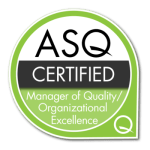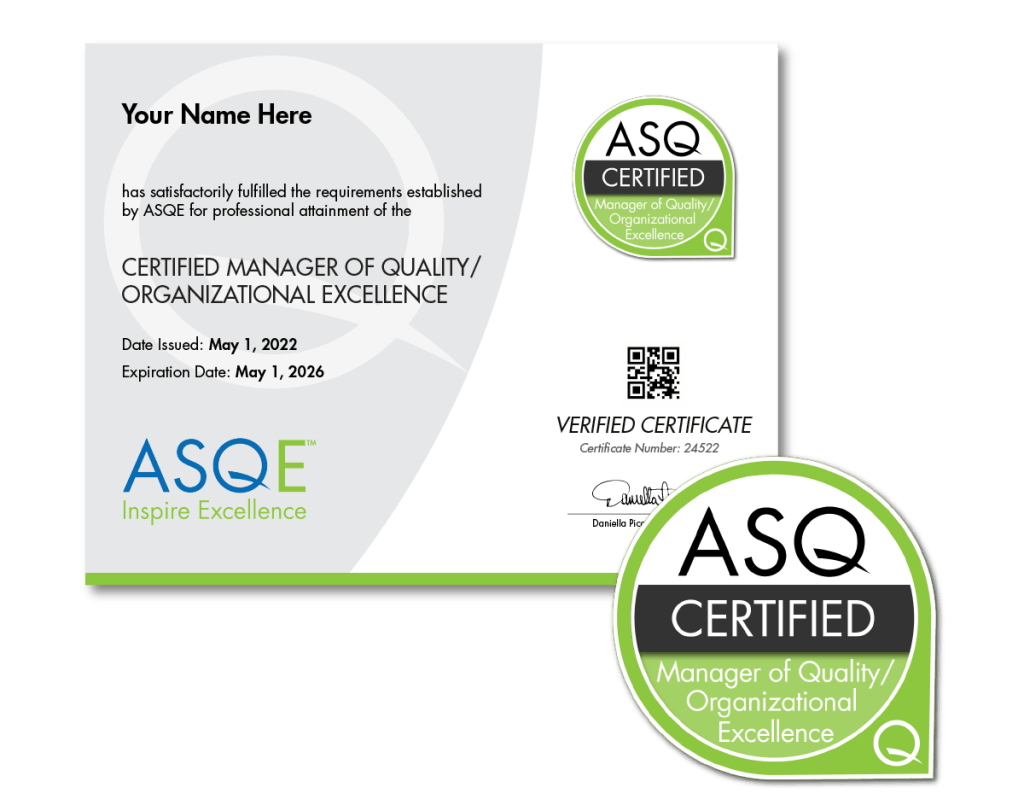The CMQ/OE certification is valid for three years. To maintain your certification, you must either re-sit the examination or meet the recertification requirements, which include obtaining a specific number of recertification units (RUs) through ongoing professional development activities.
To maintain your CMQ/OE certification, you need to fulfill the recertification requirements, including obtaining a specific number of recertification units (RUs) through ongoing professional development activities.


